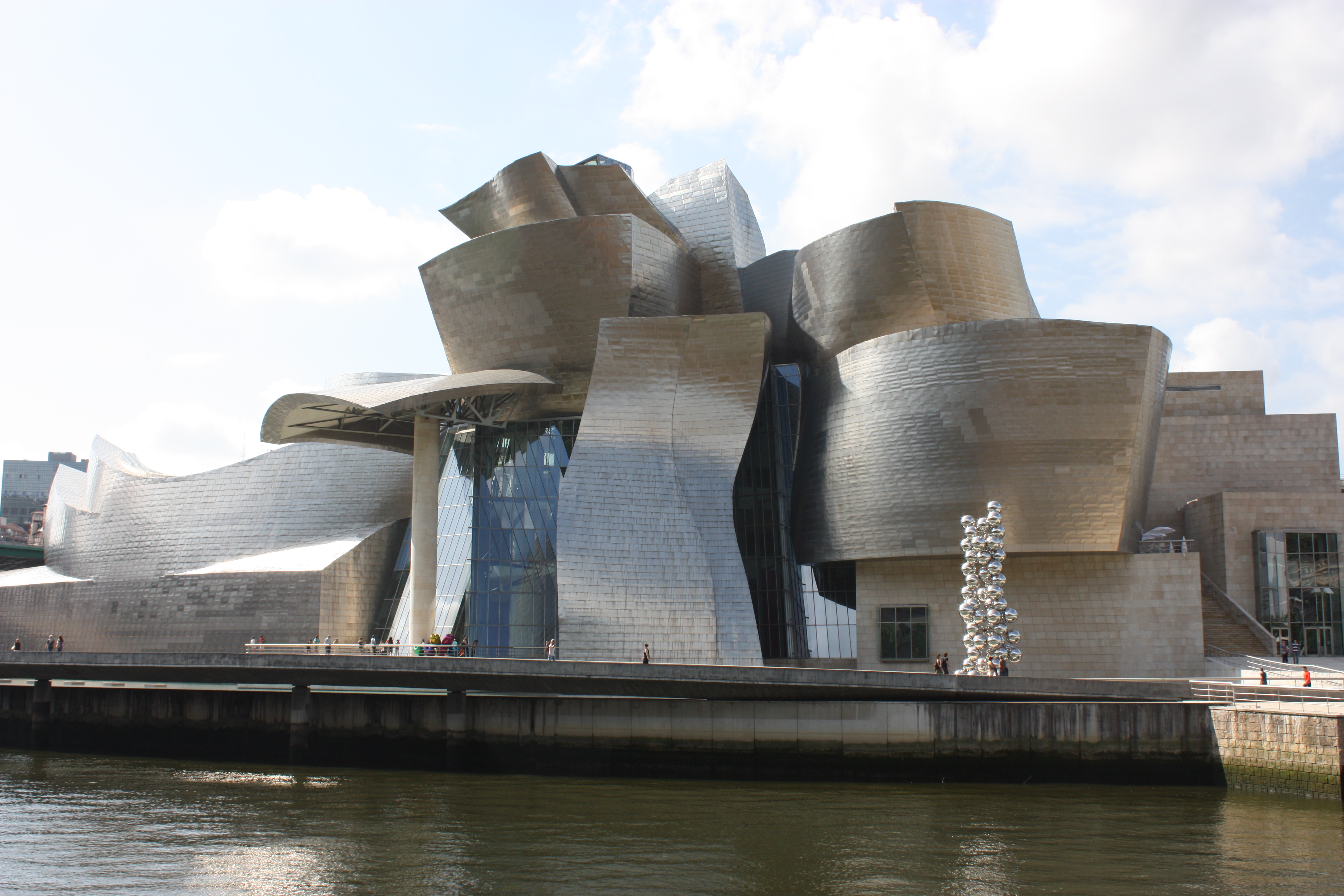Oslo has now underway it’s most ambitious place promoting-project ever. After our first meeting in the Advisory Board – with high profile place branding experts from Amsterdam, Barcelona and London – it’s easy to point out differences from the well-analyzed case of Bilbao, but there is even one similarity worth elaborating.
When Bilbao started it’s ambitious regeneration plan in the mid-90´s unemployment rate staggered at record high 25 percent. As late as 1975 the unemployment rate was 3,2 per cent. The need to do something was urgent. Oslo’s unemployment rate is rising, but still modest at 3,7 percent. Bilbao increased industrial employment in the 70´s and eighties, but in Oslo it has been decreasing since the 70`s. The starting point is therefore very different. Oslo has already undergone the making of a diverse economy with a large proportion of new jobs created in business services (NACE 72-74). While Bilbao needed to get rid of the negative connotations of beeing industrial, and tap into the positive imagery of post-industrial, Oslo is already seen as post-industrial.
Bilbao used what is commonly known as Harvard’s SWOT-model (strengths, weakness, opportunity, threats) and used strategic planning as a major tool to drive the economic regeneration. The case of Bilbao is centred on the flag ship-project Guggenheim Bilbao. The museum still attracts around 800 000 non-Basque visitors yearly – which is close to a world record for a third or fourth-tier city. But the regeneration plan for Bilbao consists of several different strategies. Including a total modernization of the harbour and the airport, building a new metro, upgrading the tramway and the water and sewer system.
The most controversial place-branding project in Scandinavian cities came in 2005 when Stockholm launched their ”Capital of Scandinavia”-slogan. Stockholm was heavily hit by the dot-com-crisis and needed to change. First they tried to sell an image of the city as ”the Venice of the north”, but failed. Place branding is about creating an image of something unique. Who wants to be the second best Venice? The Capital of Scandinavia-campaign became a success cause of its broad anchoring in the region. Similar to Bilbao – they succeeded in bringing the whole region behind the initiative. Behind the Oslo regions place promoting-project is close to 80 surrounding municipalities and stakeholders from all the major multinationals present in Oslo.
The aim of the current Oslo-project is quite modest. Beside the goal to strengthen the regional cooperation, the main target is to reduce what you can call ”the perception gap”. The knowledge of Oslo is low amongst the global business-elite. Oslo has a strong economy base and with the rise of Oslo Airport as the Nordic hub, we could easily step up to be the main gate into the Nordics for talents, multinationals and investors going north in a stagnating Europe.
Place branding works in mysterious ways. Bilbao copied Glasgow in many aspects. They even used the same slogan. ”Glasgow can do it” became ”Bilbao can do it” (Bilbao puede hacerlo). But different from Glasgow – Glasgow’s image has changed, but the economic recovery has failed to materialize – Bilbao also succeeded to transform their economy. Business services represents 34% of the overall employment growth from 1995 to 2005 in metropolitan Bilbao.
The main challenge for Oslo is to motivate the movers and shakers to change, even though the crisis is not here, yet. But if we succeed, the crisis will never come. As we say in Norway: You’ll need a strong back in order to carry good times.

